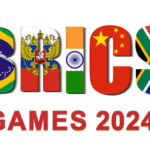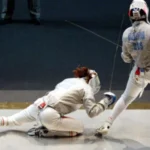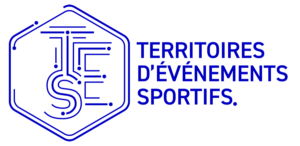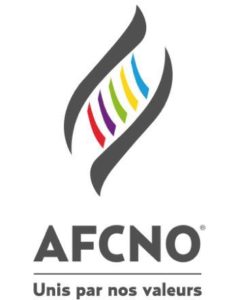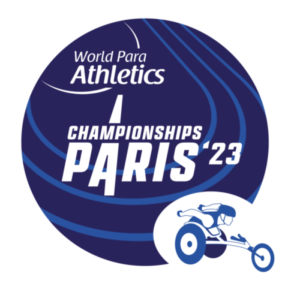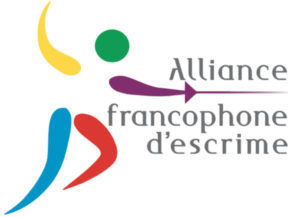The Agency calls on athletes, their entourage and all stakeholders to take note of the major changes concerning tramadol.
Montreal, 1er January 2024
The World Anti-Doping Agency (WADA) would like to remind stakeholders that the List of prohibited substances and methods 2024 (List) and the 2024 monitoring program come into force today (January 1, 2024). The 2024 List was approved by the WADA Executive Committee at its meeting on September 22, 2023 then initially published on September 28, 2023.
The Prohibited List is one of eight International Standards mandatory for all signatories du World Anti-Doping Code (Coded). It indicates which substances and methods are prohibited out of competition and in competition, and which substances are prohibited in certain sports.
Main changes for 2024
All major changes for 2024, including specific information regarding the tramadol, are described in the Summary of the main changes and explanatory notes 2024.
Le September 23, 2022, the Executive Committee approved the recommendation of the Prohibited List Expert Advisory Group of WADA to ban the narcotic tramadol in competition, effective January 1, 2024. The implementation deadline allowed an additional year to allow various stakeholders to learn more and adapt to this change, especially with regard to the education of athletes and their entourage, as well as health professionals.
Tramadol was part of the Monitoring program WADA and data collected through this program have indicated significant use in sport. Tramadol abuse with its risks of physical dependence, opiate use problems and overdose. This risk is concerning and tramadol is therefore a controlled medicine in many countries. WADA-funded research studies, mentioned in the explanatory note, also confirmed the potential of tramadol to improve sports performance.
Annual List Review Process
WADA leads an annual process of reviewing the List, beginning with an initial meeting in January and then concluding with the publication of the List by October 1. This is a broad consultation process during which the Prohibited List Expert Advisory Group of the AMA collects information, including the latest scientific and medical research, trends and intelligence collected from law enforcement agencies and pharmaceutical companies, distributes a draft list to stakeholders and revises the draft taking into account their observations. THE Health, Medicine and Research Committee of the Agency then revises the document. The Health, Medicine and Research Committee finally makes its recommendations to the WADA Executive Committee, which approves the List at its September meeting.
For a substance or method to be added to the List, it must meet at least two of the following three criteria:
- It has the potential to improve or actually improve athletic performance.
- It presents a proven or potential risk for the health of the athlete.
- It is contrary to sportsmanship.
The full 2024 List was published on September 28, 2023, providing more than three months' notice to athletes, their entourages and other stakeholders to familiarize themselves with the changes. Ultimately, athletes are responsible for the prohibited substances found in their bodies and the prohibited methods that were used. Athletes’ entourages are also responsible for anti-doping rule violations if their members are determined to be accomplices. Therefore, if there is any doubt about the status of a substance or method, it is important that athletes' entourage contact their respective anti-doping organizations (International Federation or National Anti-Doping Organization) for advice.
The therapeutic use authorization program
Athletes who have a legitimate medical reason for using a Prohibited Substance or Prohibited Method on the List may request a therapeutic use exemption (AUT) to determine if they meet the criteria set out in the International Standard for Authorization of Therapeutic Use (SIAUT). The TUE program is a rigorous and necessary part of elite sport that is widely accepted by athletes, medical professionals and stakeholders in the anti-doping community.
Learning resources
In addition to the materials linked above, WADA has provided, or will provide, a number of educational resources as part of its Support program for signatories for the implementation of the Code (CISP). These resources are accessible via the links below and on the Agency Anti-Doping Education and Learning Platform (ADEL) and they include:
- CISP Checklist – Implementing the Revised List (available in English now – published January 2021)
- Tramadol information sheet for sports and sports support staff (available in English now)
- Tramadol fact sheet for healthcare professionals (available in English now)
- Guide for athletes and their support staff for the 2024 List (available January 2024)
Languages and formats
The 2024 Prohibited List; the Summary of main changes and explanatory notes 2024; and the 2024 Monitoring Program can be downloaded from the WADA website in English, French and Spanish. The List is currently also available in German, Arabic, Greek, Portuguese, and Turkish.
Stakeholders interested in translating the List into other languages are requested to register their interest at code@wada-ama.org. WADA will then provide the necessary documents and, once the translation is finalized, make the translated List available on the Agency's website.
The adaptive digital edition of the List is now available.








